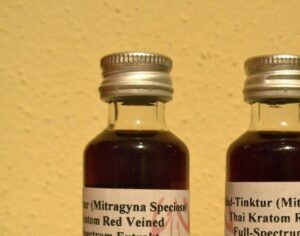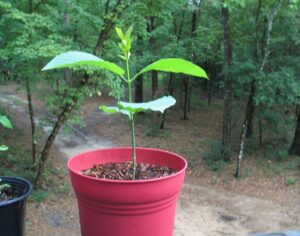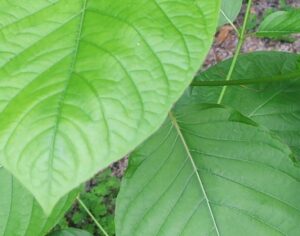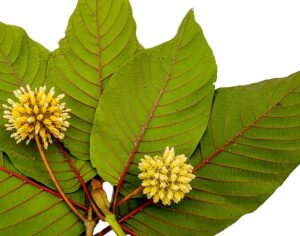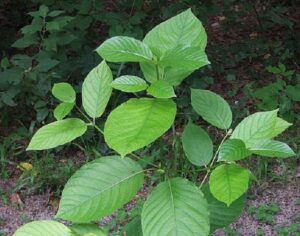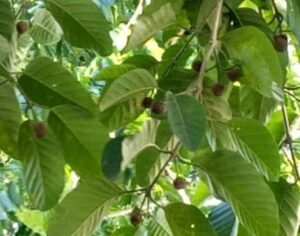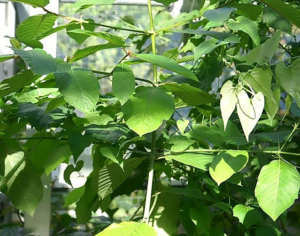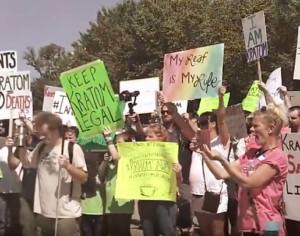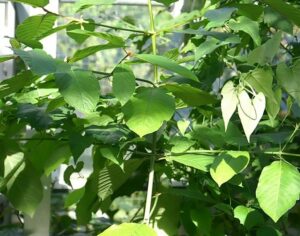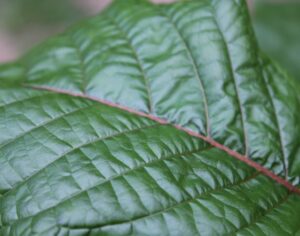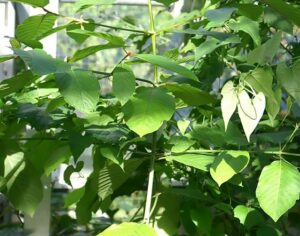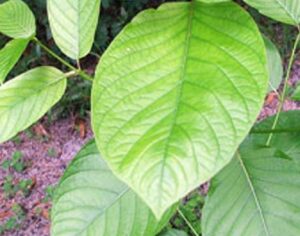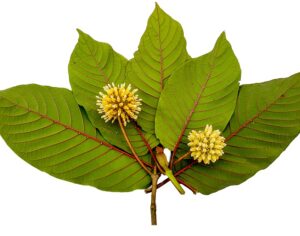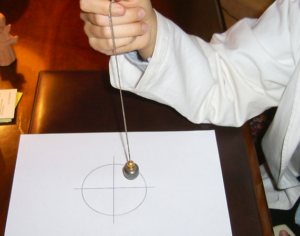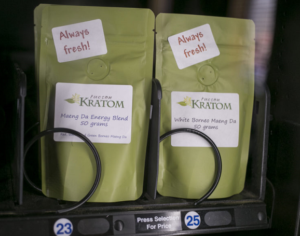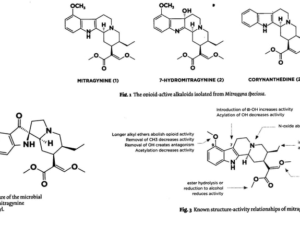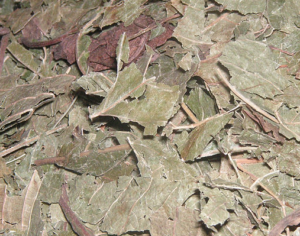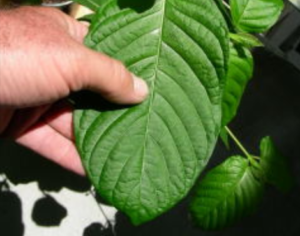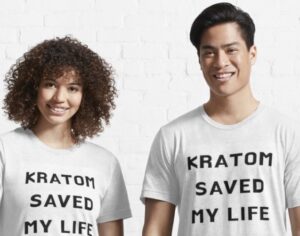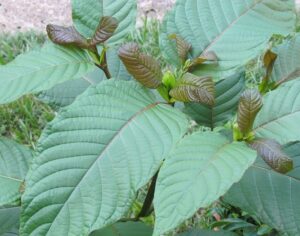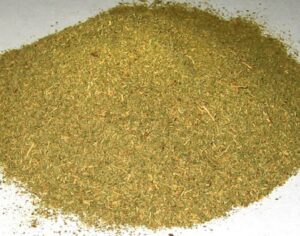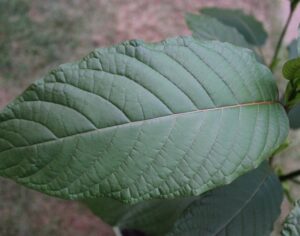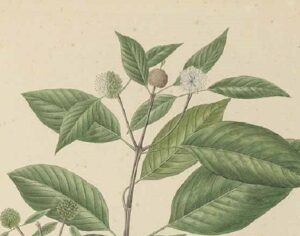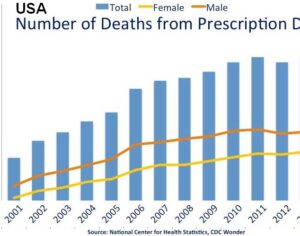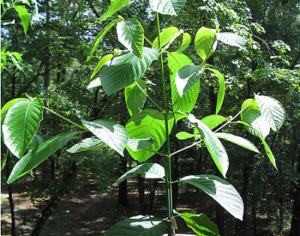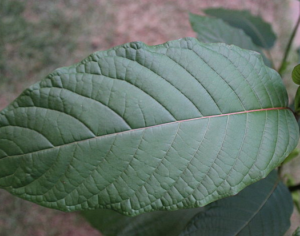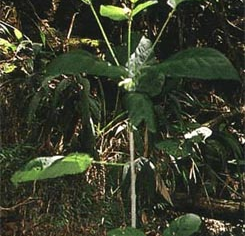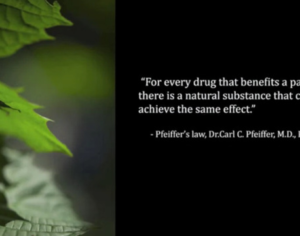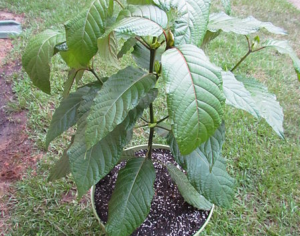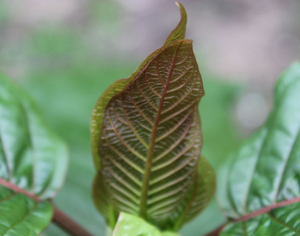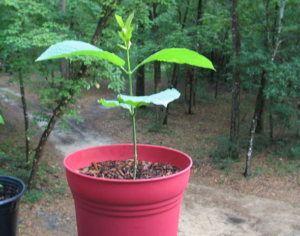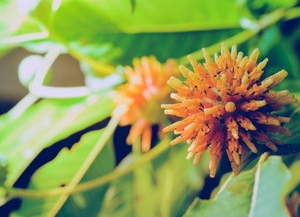FDA declares kratom an opioid. We’re here to explain what it does.
I fear that by banning kratom, we are creating a significant issue by hindering research. I am a proponent of regulating kratom as limiting the excess, as controlling products that are entering the United States [to ensure] they show quality, that there is actually kratom inside when kratom is mentioned on the label. I support that health care providers should be serving as intermediaries to provide patients and consumers with advice on what they actually take.
But phasing it into Schedule 1 makes it very hard to further conduct research. And this is a new class of endo-alkaloids that act very distinctly different on opioid receptors. And just because the FDA hasn’t received an NDA [New Drug Application] or IND [Investigational New Drug application] to actually conduct a study with mitragynine to move it into a clinical trial, which we know costs . . . millions of dollars, doesn’t mean that it doesn’t have value for these 4 or 5 million kratom users, who I feel would have to go back to using prescription opioids or potentially going to street drugs … [as for the plant] … On the molecular level, what we know in terms of interaction with the different opioid receptors is that yes, they bind to the opioid receptor. . . . But how they interact with the opioid receptor is distinctly different from classical opioids. If you look at morphine or at something like fentanyl . . . what we usually look at when we classically look at opioid receptors, these are G-protein-coupled receptors, where basically the morphine or another binding agent binds from the outside to the receptor and then you have a kind of second-messenger cascade that happens inside the cell. How they interact with the opioid receptor is distinctly different from classical opioids. Now, what we know about the opioid receptors . . . is that opioid receptors also recruit beta-arrestin. [It] has been shown to be responsible for a lot of the negative effects, especially in regards to respiratory depression and potentially even in regards to the addictive symptoms . . . that are associated with opioid use, misuse, leading to abuse. That is something that mitragynine is not doing. Mitragynine does not recruit beta-arrestin.
Original Article (The Scientist):
Kratom is a legal [plant] used by many to treat opioid addiction at home, and the FDA is not having it
Artwork Fair Use: Public Domain


